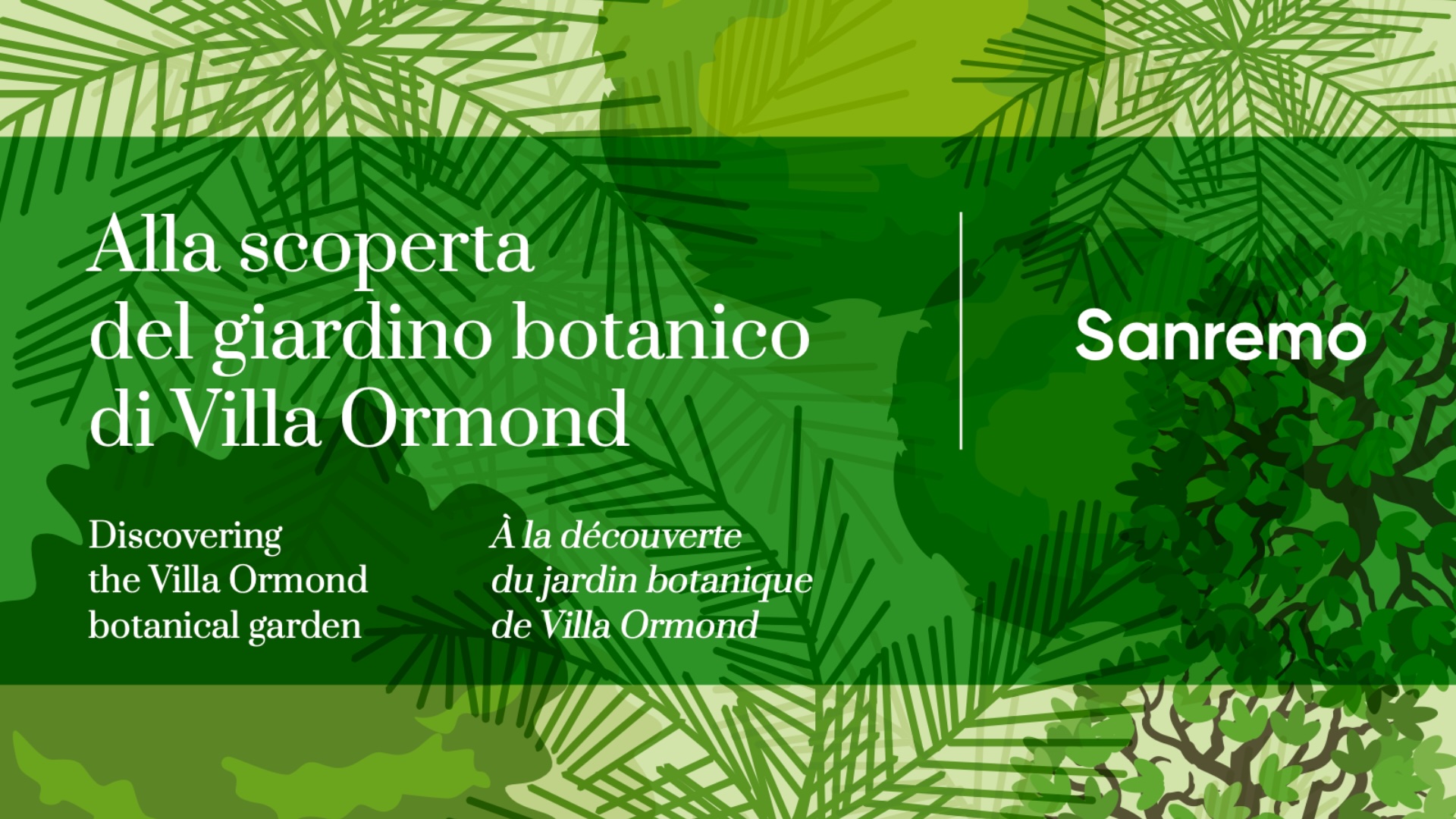The genus Phoenix, in Latin phoenix corresponds to the translation of the Greek phoinix = palm tree. In Greek phoinix is the feminine of phoenix, a name given to a mythical bird, Achilles’ companion, in Greek mythology. The specific term roebelenii, was given in honour of the German nurseryman Roebelen, who sent the first seeds of this palm to Europe in the late 19th century.
| Common name | Vietnam Palm |
| Origin | A palm found only in Asia, it can be found in northern Laos, Vietnam and southern China in the Yannan region. It grows in abundance along the banks of the Mekong River. |
|
Description |
Small, very elegant palm with a bushy habit, but also with a solitary stipe, always marked by the typical prominence of the bases of the old leaf petioles. The stipes can sometimes exceed 3 metres. The leaves are pinnate, small, gracile and the pinnules are bright green, edged with a white pruine extending to the underside. The petiole has long, thin, yellowish spines. A dioecious palm, with the inflorescences emerging between the leaves. The panicles are well branched and the flowers are small and whitish-yellow. The fruits are initially light green in colour, first turning dark red and then purplish when ripe. The fruit is edible. The seeds are small and very hard. Sensitive to frost, -3 to -4°C, the choice of location is crucial, as even a minimally sheltered area in the garden can improve its resistance to cold. It is a palm which has only recently spread in the gardens of the Riviera, as it was particularly intended for interior decoration. The specimens in the Villa Ormond gardens were planted in 1995.. |

